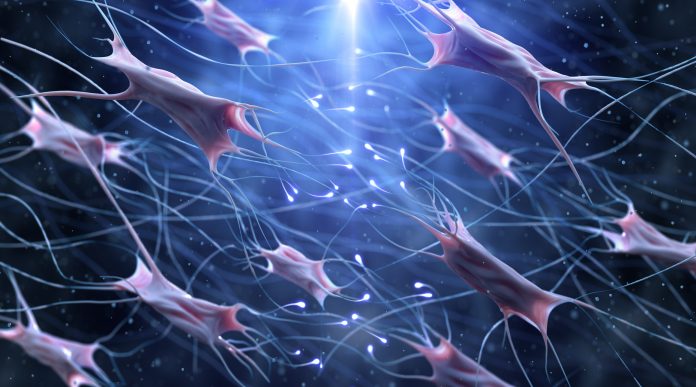Scientists at the University of Virginia have used the power of machine learning to identify potential drugs that could significantly reduce harmful scarring following a heart attack or other injuries
This cutting-edge computer model promises a breakthrough in cardiac care and also holds the potential to revolutionise drug discovery for various complex diseases.
The research led by computational biologist Dr. Anders R. Nelson and Dr. Jeffrey J. Saucerman from UVA’s Department of Biomedical Engineering combines decades of human knowledge with a new approach called “logic-based mechanistic machine learning.”
How do drugs impact fibroblasts?
The interdisciplinary team aimed to understand better how drugs impact fibroblasts, cells crucial for heart repair but also known for causing harmful scarring known as fibrosis.
“Many common diseases such as heart disease, metabolic disease, and cancer are complex and hard to treat,” explains Dr. Nelson. “Machine learning helps us reduce this complexity, identify the most important factors contributing to the disease, and better understand how drugs can modify diseased cells.”
Unlike previous attempts that focused on specific aspects of fibroblast behaviour, the UVA researchers utilised their innovative machine-learning model to predict the effects of 13 promising drugs on human fibroblasts.
The model identified a potential candidate to prevent scarring and explained how it works. This dual capability is crucial for designing effective clinical trials and understanding potential side effects.
Idiopathic pulmonary fibrosis
One standout discovery from the study is the potential of the drug pirfenidone, which is already FDA-approved for idiopathic pulmonary fibrosis. The model revealed a new explanation of how pirfenidone suppresses contractile fibres inside fibroblasts, contributing to the heart’s stiffening.
The model predicts the effects of an experimental Src inhibitor, WH4023, on another type of contractile fibre, a finding experimentally validated with human cardiac fibroblasts.
While future research is required to validate the efficacy of these drugs in animal models and human patients, the UVA team is optimistic about the transformative potential of mechanistic machine learning.
Dr. Saucerman emphasises, “We’re looking forward to testing whether pirfenidone and WH4023 also suppress fibroblast contraction in scars in preclinical animal models. We hope this provides an example of how machine learning and human learning can work together to not only discover but also understand how new drugs work.”


![Fairness in Serving Large Language Models. (arXiv:2401.00588v1 [cs.AI]) Fairness in Serving Large Language Models. (arXiv:2401.00588v1 [cs.AI])](https://aigumbo.com/wp-content/uploads/2023/12/arxiv-logo-fb-235x190.png)


